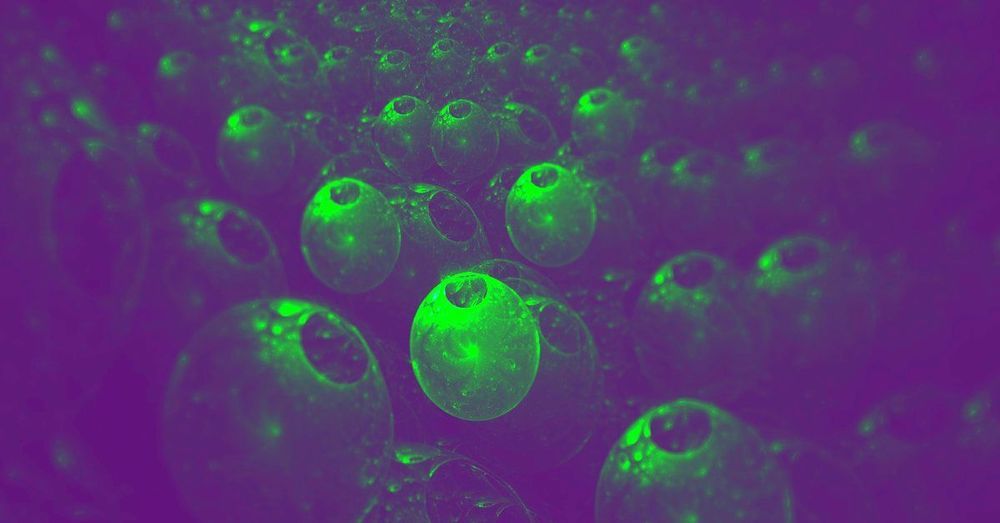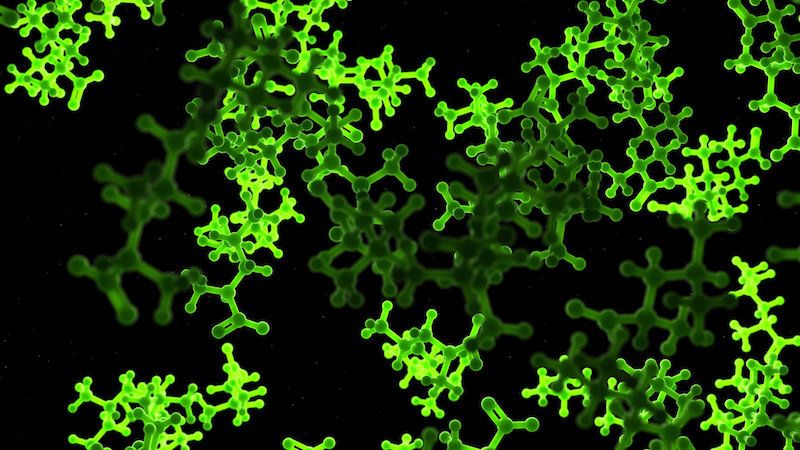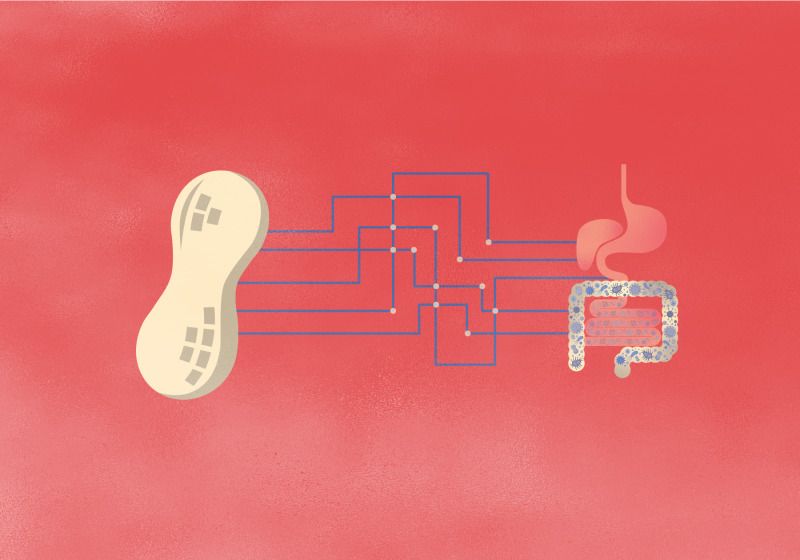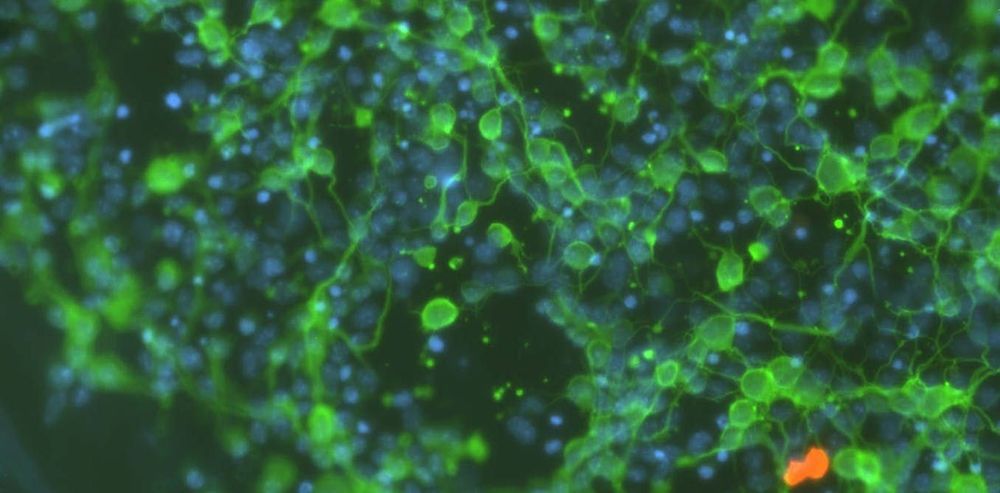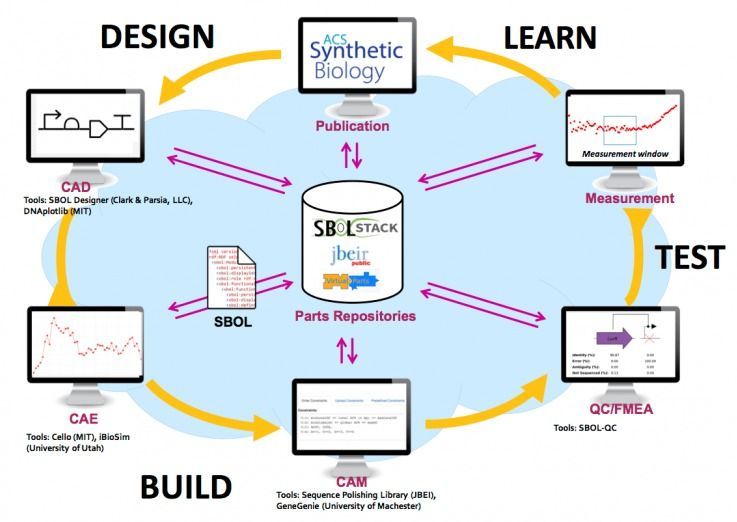Jul 11, 2019
The Chrysalis Conjecture: Solution to the Fermi Paradox?
Posted by Quinn Sena in categories: biological, existential risks, physics
It appears that the physics of information holds the key to the solution of the Fermi Paradox — indications are that we most likely live in a “Syntellect Chrysalis” (or our “second womb”) instead of a “cosmic jungle.”
Within the next few decades, we’ll transcend our biology by leaving today’s organic Chrysalis behind, by leaving our second womb, by leaving our cradle, if speaking in tropes.
This particular version of “human universe” is what we “see” from within our dimensional cocoon, it’s a construct of our minds but by no means represents objective reality “out there” including our most advanced models such as M-theory that are only approximations at best.
